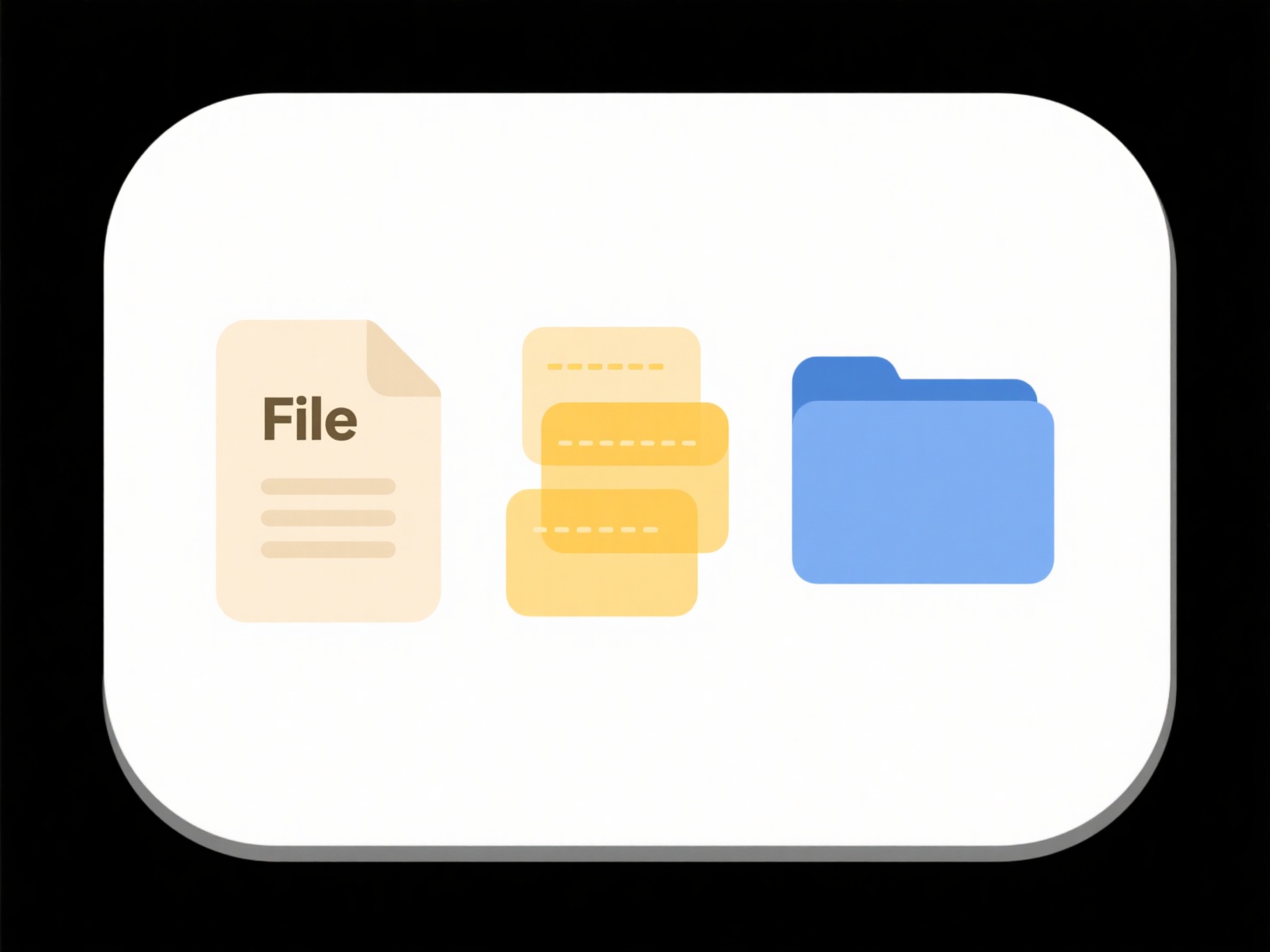
A .ipynb file is an IPython Notebook file, now commonly called a Jupyter Notebook file. It stores the contents of a Jupyter Notebook, which is an interactive computing document. Unlike a standard script file containing only code, a .ipynb file combines executable code blocks (like Python), the output generated by that code (such as tables, charts, or text), and rich text elements (like headings, paragraphs, equations, and images) in a single document using JSON formatting.

These files are primarily used within the Jupyter ecosystem (e.g., JupyterLab, Jupyter Notebook interface). Data scientists frequently rely on .ipynb files for exploratory data analysis, prototyping machine learning models, and visualizing results using libraries like Pandas and Matplotlib. Educators and researchers also use them to create interactive tutorials or reports that combine explanations with runnable code and immediate output, facilitating learning and reproducible research.
.ipynb files offer significant advantages in interactivity, reproducibility, and combining narrative with results. However, they can become large and complex, sometimes posing challenges for version control systems like Git due to the embedded outputs and JSON structure. Future development focuses on improving collaboration features and interoperability with other tools, enhancing their role in data-driven workflows despite some limitations in large-scale production deployment.
What is a .ipynb file?
A .ipynb file is an IPython Notebook file, now commonly called a Jupyter Notebook file. It stores the contents of a Jupyter Notebook, which is an interactive computing document. Unlike a standard script file containing only code, a .ipynb file combines executable code blocks (like Python), the output generated by that code (such as tables, charts, or text), and rich text elements (like headings, paragraphs, equations, and images) in a single document using JSON formatting.

These files are primarily used within the Jupyter ecosystem (e.g., JupyterLab, Jupyter Notebook interface). Data scientists frequently rely on .ipynb files for exploratory data analysis, prototyping machine learning models, and visualizing results using libraries like Pandas and Matplotlib. Educators and researchers also use them to create interactive tutorials or reports that combine explanations with runnable code and immediate output, facilitating learning and reproducible research.
.ipynb files offer significant advantages in interactivity, reproducibility, and combining narrative with results. However, they can become large and complex, sometimes posing challenges for version control systems like Git due to the embedded outputs and JSON structure. Future development focuses on improving collaboration features and interoperability with other tools, enhancing their role in data-driven workflows despite some limitations in large-scale production deployment.
Quick Article Links
Can I rename files exported from forms or surveys?
Yes, you can typically rename files exported from forms or surveys. This refers to changing the filename assigned during...
Can I rename files based on folder they’re in?
Batch renaming files based on their parent folder name automates changing filenames to incorporate or reference the cont...
How do I manage API or SDK-related files?
APIs (Application Programming Interfaces) define how software components interact, while SDKs (Software Development Kits...